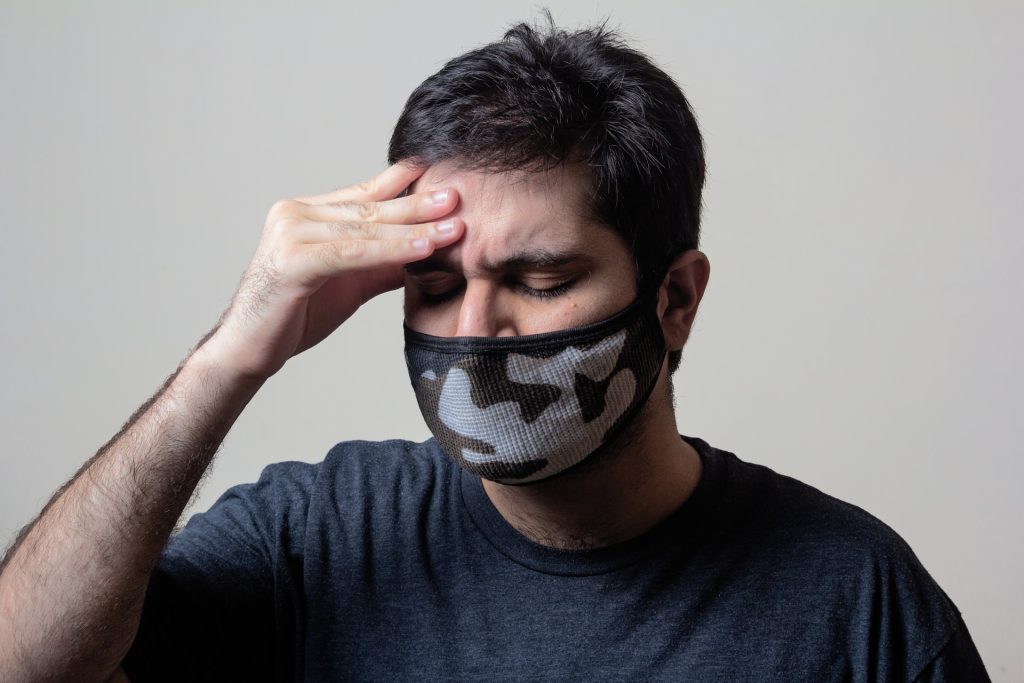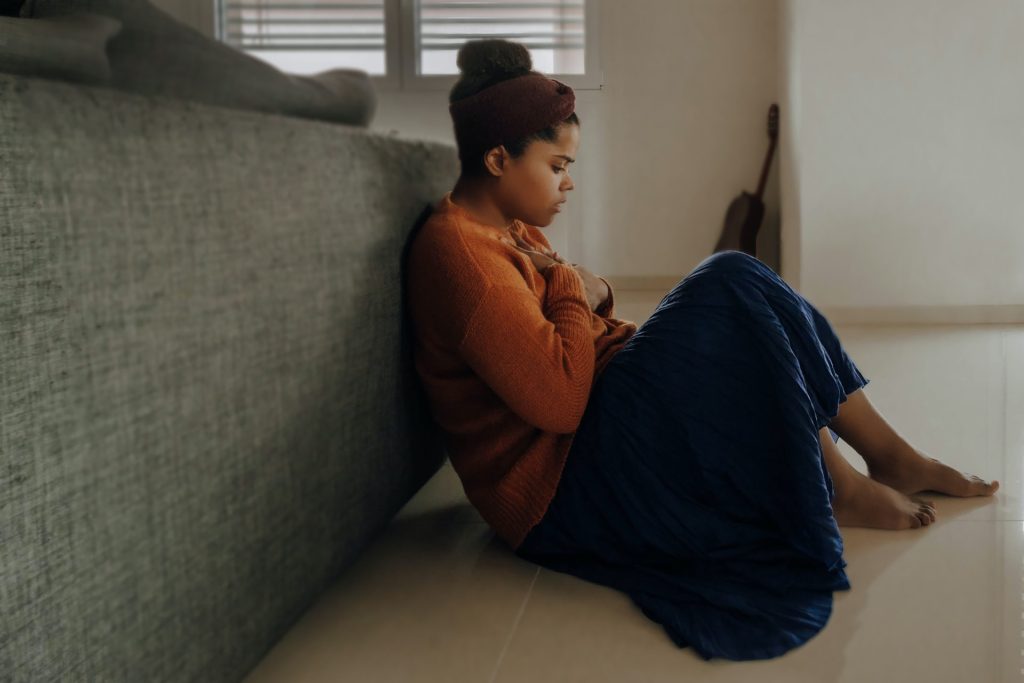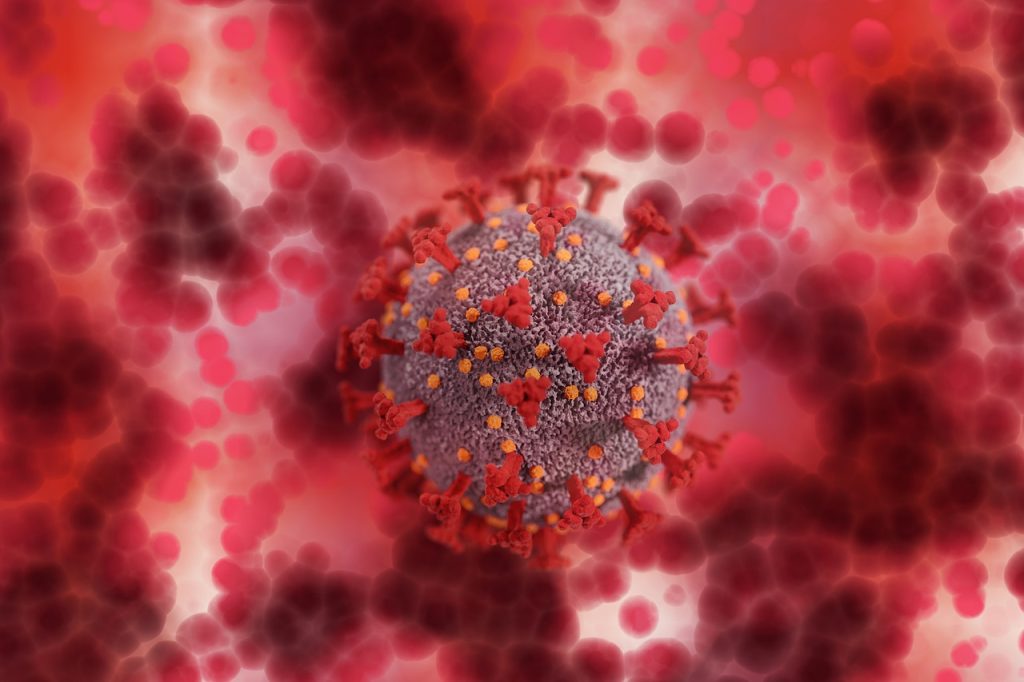Long COVID Risk only Slightly Lower after Vaccination

Vaccination only reduces the risk of long COVID after infection by only about 15%, according to a study of more than 13 million people published in Nature Medicine. That’s the largest cohort that has yet been used to examine how much vaccines protect against the condition, but it is unlikely to end the uncertainty as other studies have produced conflicting results.
Studying long COVID has been challenging not least because of how hard it is to define from its constellation of symptoms. Even its prevalence has been hard to determine, with some studies suggesting it occurs in 30% of people after COVID infections. But nephrologist Ziyad Al-Aly and colleagues conducted a study of about 4.5 million people treated at US Department of Veterans Affairs (VA) hospitals, and the findings suggested that the number is 7% overall and lower than that for those who were not hospitalised.
Another mystery has been whether long COVID is less likely to occur after a breakthrough infection. But Al-Aly’s team now looked at VA health records from January to December 2021, including those of about 34 000 vaccinated people who had breakthrough SARS-CoV-2 infections, 113 000 people who had been infected but not vaccinated and more than 13 million people who had not been infected.
These results indicated only 15% a reduction of Long COVID in vaccinated individuals, a marked contrast to previous, smaller studies which suggested much higher protection rates. It’s also a departure from another large study, which used self-reported data from 1.2 million UK smartphone users and found that vaccination halved the risk of long COVID.
The authors of the latest study also compared symptoms such as brain fog and fatigue in vaccinated and unvaccinated people for up to six months after they tested positive for SARS-CoV-2. The team found no difference in type or severity of symptoms between those who had been vaccinated and those who had not. “Those same fingerprints we see in people who have breakthrough infections,” Al-Aly said.
In the US alone there have been over 83 million COVID infections, he noted. If even a small percentage of those turn into long COVID, “that’s a staggeringly high number of people affected by a disease that remains mysterious”.
Such limited protection means putting vulnerable people such as the immunocompromised at risk if measures such as masking are withdrawn. “We’re literally solely reliant, now almost exclusively, on the vaccine to protect us and to protect the public,” said Al-Aly. “Now we’re saying it’s only going to protect you 15%. You remain vulnerable, and extraordinarily so.”
“Generally speaking, this is horrifying,” said David Putrino, a physical therapist at Mount Sinai Health System in New York City who studies long COVID. While he praises the study, he notes that it is limited because it does not break the data down by key factors, such as medical history. “These are very important questions we need answers to,” Putrino says. “We don’t have any really well constructed studies just yet.”
Steven Deeks, an HIV researcher at the University of California, San Francisco, points out that the study includes no data from people infected during the period when the Omicron variant was causing the majority of infections. “We have no data on whether Omicron causes long COVID,” he says. The findings, he adds, “apply to a pandemic that has changed dramatically”.
Deeks added, that the results do highlight the need for more research on long COVID, and for accelerated development of therapies. “We don’t have a definition, we don’t have a biomarker, we don’t have an imaging test, a mechanism or a treatment,” he said. “We just have questions.”
Source: Nature









